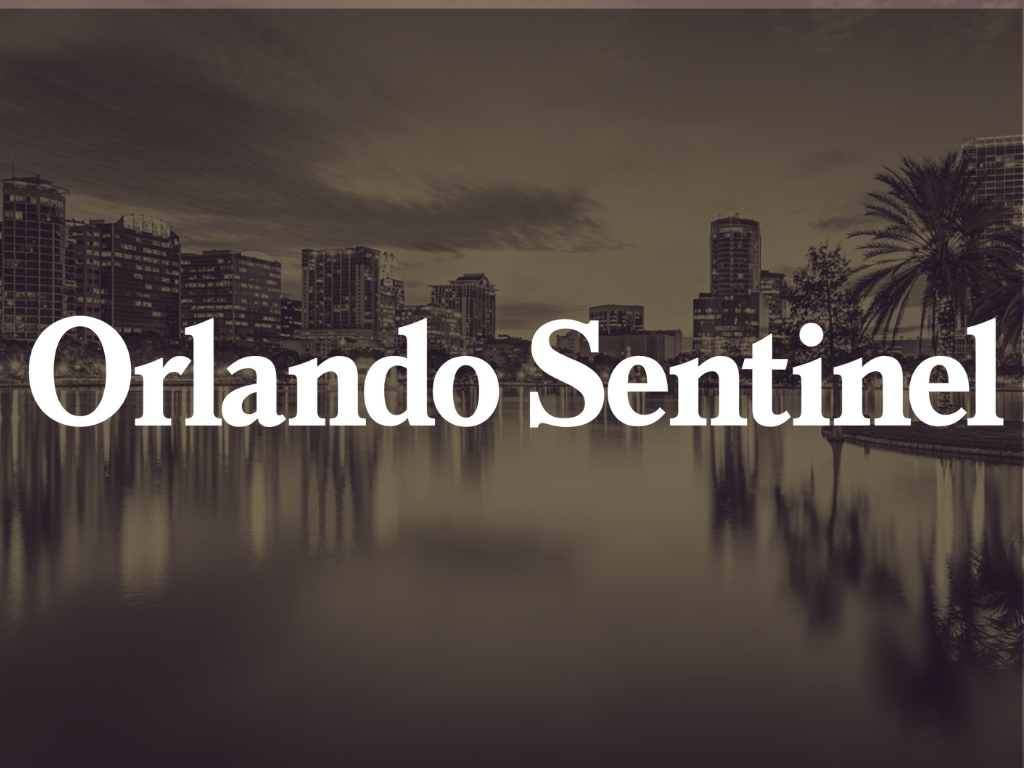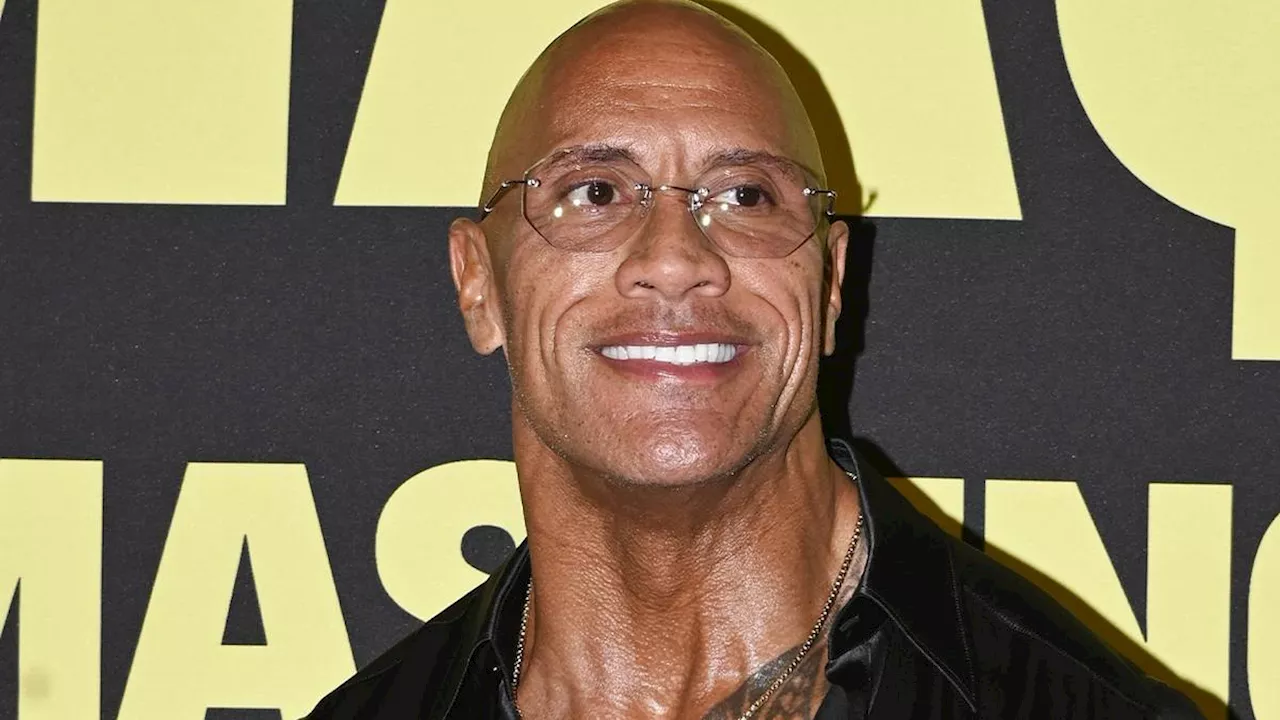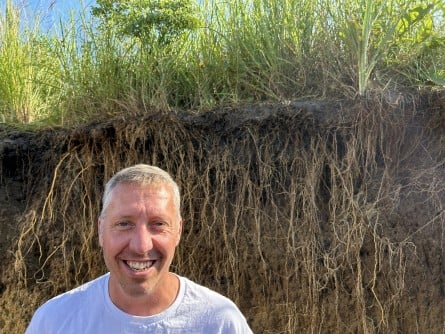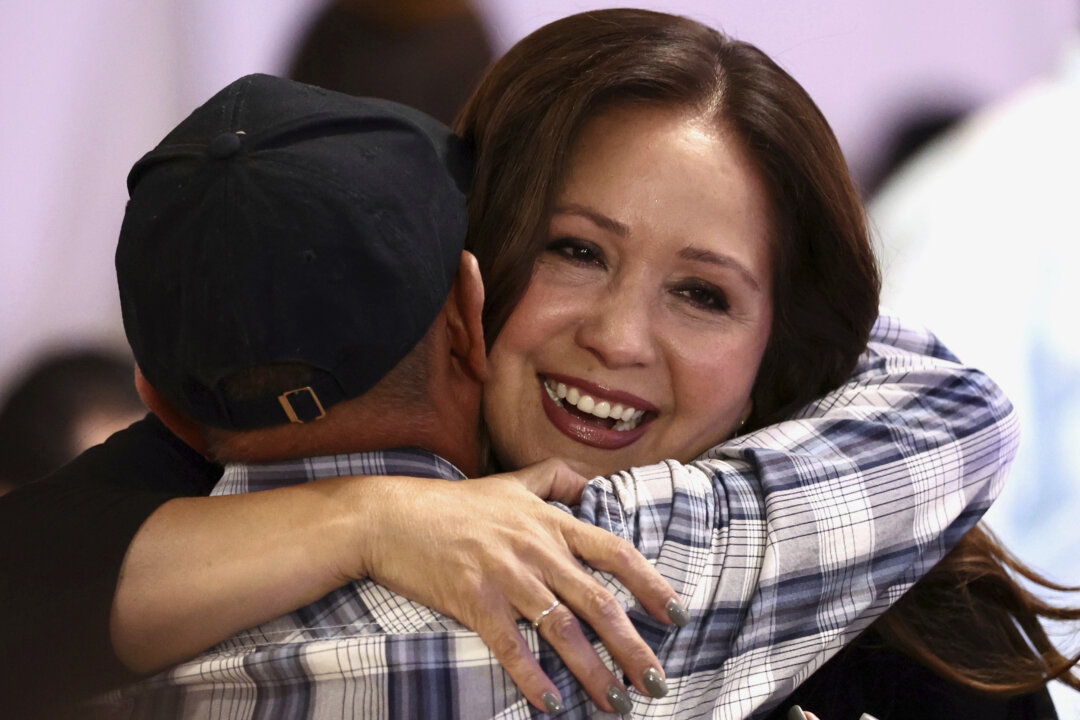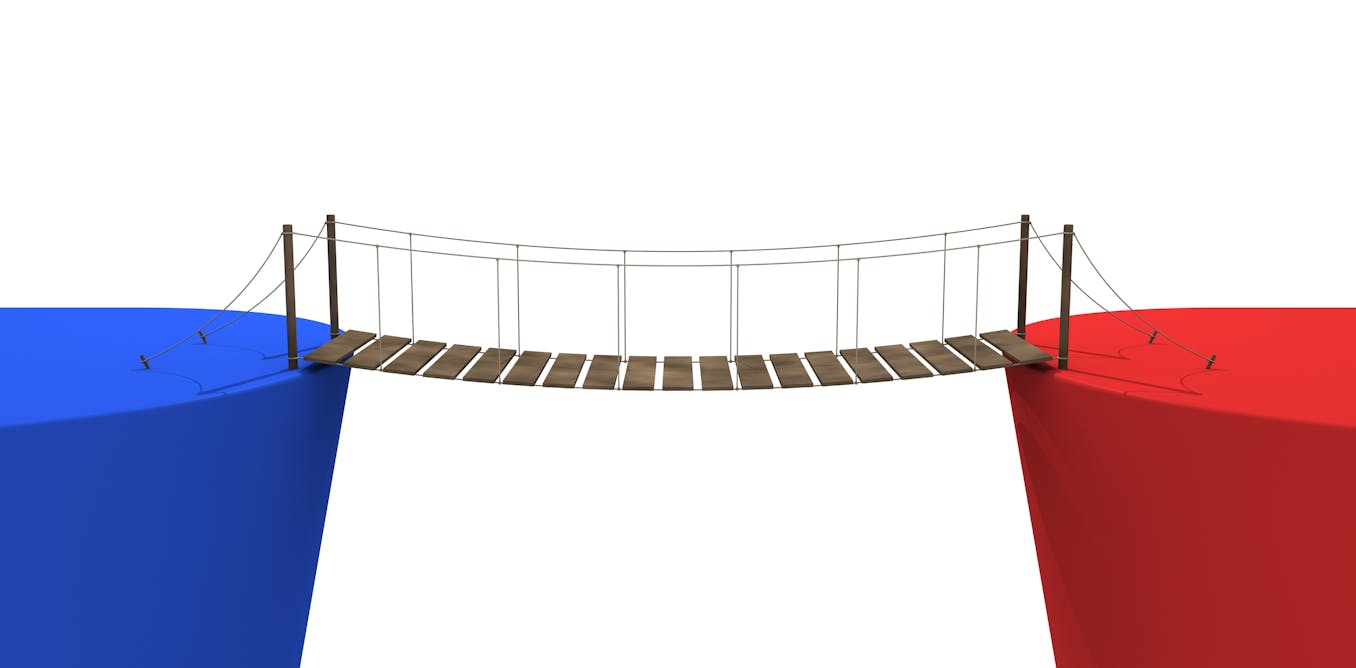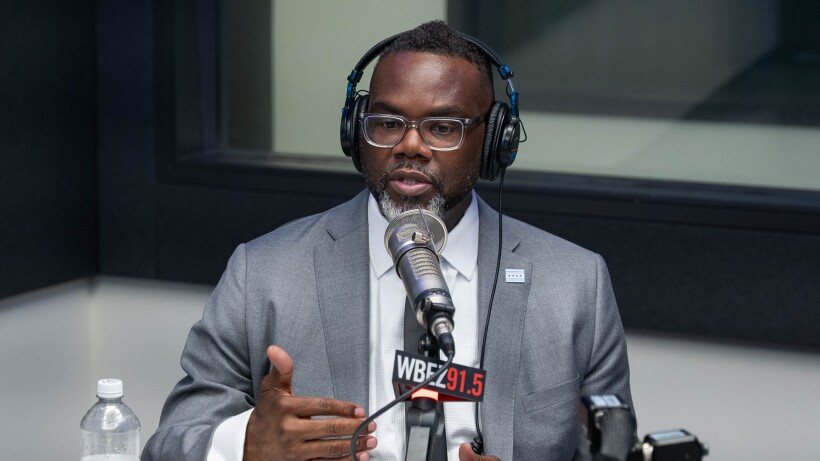Editorial Cartoons Reflect on Russia Collusion Controversy
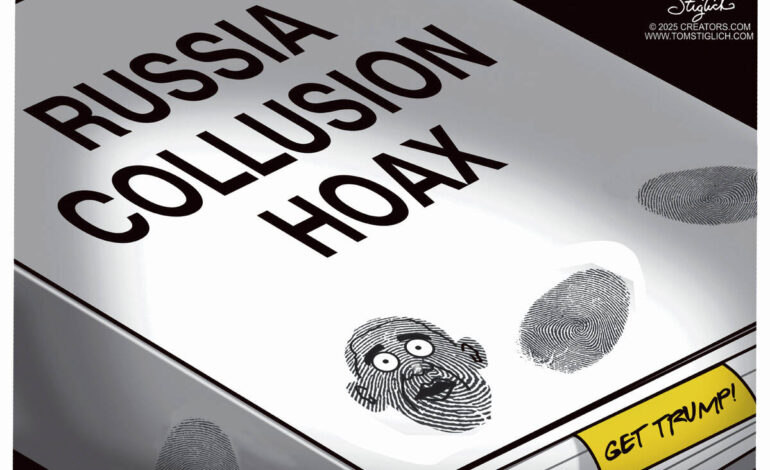
Political commentary has taken a creative turn as editorial cartoons addressing the ongoing Russia collusion controversy circulate globally. Artists from the United States and beyond have used humor and satire to highlight the complexities and lingering questions surrounding this significant political issue.
The Russia collusion investigation began in 2016, focusing on alleged interference in U.S. elections. Despite numerous inquiries and investigations, including one led by former Special Counsel Robert Mueller, the topic remains a point of contention among political commentators and the public alike. Recent editorial cartoons encapsulate the frustration, confusion, and skepticism that many feel regarding the findings and implications of these investigations.
Global Perspectives on a National Issue
Cartoonists have employed their art to reflect not only on the events in the United States but also on the international implications of the collusion allegations. From London to Tokyo, diverse perspectives emerge, illustrating how the controversy transcends borders. Some cartoons depict politicians as puppets, suggesting manipulation from foreign powers, while others highlight the absurdity of political claims made throughout the investigation.
In some instances, the cartoons have drawn attention to the impact of the investigation on public trust in government institutions. By critiquing the actions of various political figures, artists have sparked discussions about accountability and transparency. The use of caricature allows for a poignant yet comedic take on serious subjects, enabling audiences to engage with complex issues in a more accessible format.
Art as a Reflection of Society
As editorial cartoons continue to circulate, they serve as a mirror reflecting societal sentiments. Through humor, artists can address the emotional weight of the ongoing investigations without sacrificing engagement. The blend of artistic expression and political commentary invites viewers to reflect on their own views regarding the allegations and the broader implications for democracy.
Some notable cartoons feature clever play on words and visual metaphors, making pointed statements about the situation. For instance, one cartoon illustrates a courtroom scene where a judge asks a defendant about their involvement in a “collusion conspiracy,” while another depicts a tangled web representing the complex relationships between political figures and foreign entities.
The impact of these cartoons extends beyond mere entertainment. They are a form of political discourse that can influence public opinion and stimulate conversation about crucial issues. As the investigations continue to unfold, the role of editorial cartoons in shaping narratives will likely remain significant.
In summary, the editorial cartoons commenting on the Russia collusion controversy offer a unique perspective on a multifaceted political issue. By using satire and creativity, artists engage audiences while fostering critical discussions about transparency, accountability, and public trust. As this narrative progresses, the blend of art and politics will undoubtedly continue to captivate and provoke thought in audiences around the world.

